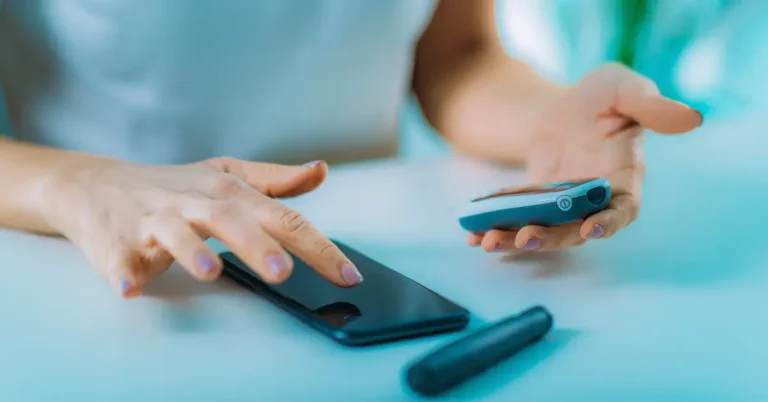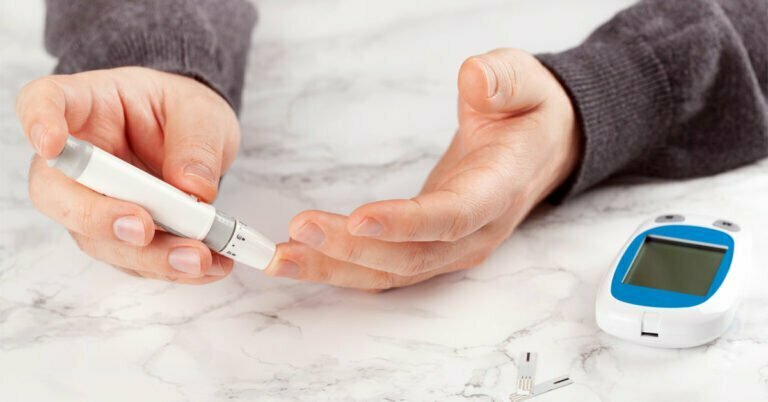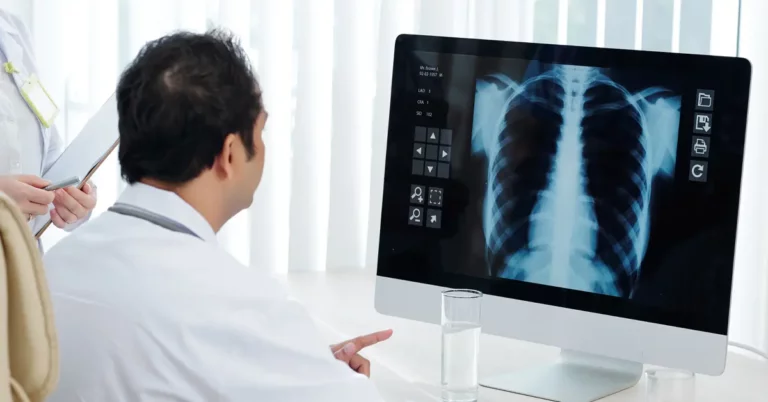With the growing number of telehealth and remote patient monitoring companies in the United States alone, doctors and other health care professionals are finding it difficult to choose the right partner. Here are some factors to consider when choosing the best remote patient monitoring solution for your organization or practice.
In recent years, telehealth, telemedicine and other technological advancements in healthcare systems has been pushed forward by healthcare reforms and federal legislation. Moreover, they have been propelled by COVID-19 pandemic into the mainstream in a much shorter time frame than expected.
Remote Patient Monitoring (RPM) is a technological process of collecting and analyzing patient physiological data outside of clinical environments like in the home or in a remote area. The data collected is used to generate a treatment plan.
The patient-generated health data from those devices can be recorded to an application provided by the RPM company, which allow healthcare providers to monitor their patients’ conditions remotely to provide medical intervention, follow-up or treatment adjustment. In short, RPM offers patients invaluable assurance that someone is watching out for their health and well-being on a daily basis.
Here are the factors to Consider When Choosing the Best Remote Patient Monitoring Solution:
Integrated CRM and Billing
An outstanding Remote Patient Monitoring (RPM) company empowers healthcare providers with an easy-to-use interface to access everything they need such as patient accounts, patient-generated health data, billing and real-time monitoring. Managing multiply dashboards, programs or application delays daily operations. A fully integrated CRM dashboard enables you to address your patients’ needs in one dependable framework, resulting in increased efficiency and overall quality of care for your patients.
Easy-to-use Health Devices and Application
Patients, physicians, and other staff members should feel at ease using an RPM program, particularly for vulnerable patients like the elderly, underserved populations, and those with
To ensure successful adoption of RPM, look for a partner which provides user-friendly medical devices and application. The data transmission process is made easier by user-friendly health devices and applications. Patients who aren’t tech-savvy feel comfortable using equipment they’re already familiar with, requiring little or no assistance from caregivers or family members at home. This helps eliminate your patients’ fear of technology and empower them to take control of their own health— leading to better overall health outcomes.
Continuous and Real-time Data Transmission
The biggest challenge in acute care and chronic disease management is the continuous access to health data once the patient leaves the hospital. Failure to acquire vital signs in real-time may result in delayed medical intervention and readmission, which put the lives of patients in danger.
Continuous real-time RPM allows health care providers to respond accordingly based on the patients’ physiological data. This plays a huge role in providing higher quality of care and improving overall health outcomes.
RELATED ARTICLE: The Importance of Real-Time Health Data Streaming For Acute Care and Chronic Disease Management
Powered by Artificial Intelligence
Remote Patient Monitoring requires tracking of multiple parameters from wearables and biosensors, resulting in an influx of unprocessed and unorganized data available to clinicians for decision-making. The inclusion of AI-powered patient analytics within an RPM program addresses the physicians’ need to provide actionable insights and key medical decisions easily. AI empowers healthcare providers to keep track of thousands of patients at once and direct treatment to those who need it the most. This technology does not only help the patients gain higher quality of care, but also increases providers’ efficiency and opportunities to gain more revenues.
Finding the best Remote Patient Monitoring solution for your practice takes a lot of consideration. Use these pointers to help you prepare for the next wave of healthcare.
RELATED ARTICLE: DrKumo Aims to Deliver the Best Digital Health through AI-powered RPM Bridging the Gaps in Healthcare Access
Learn more about Remote Patient Monitoring. Click HERE.








